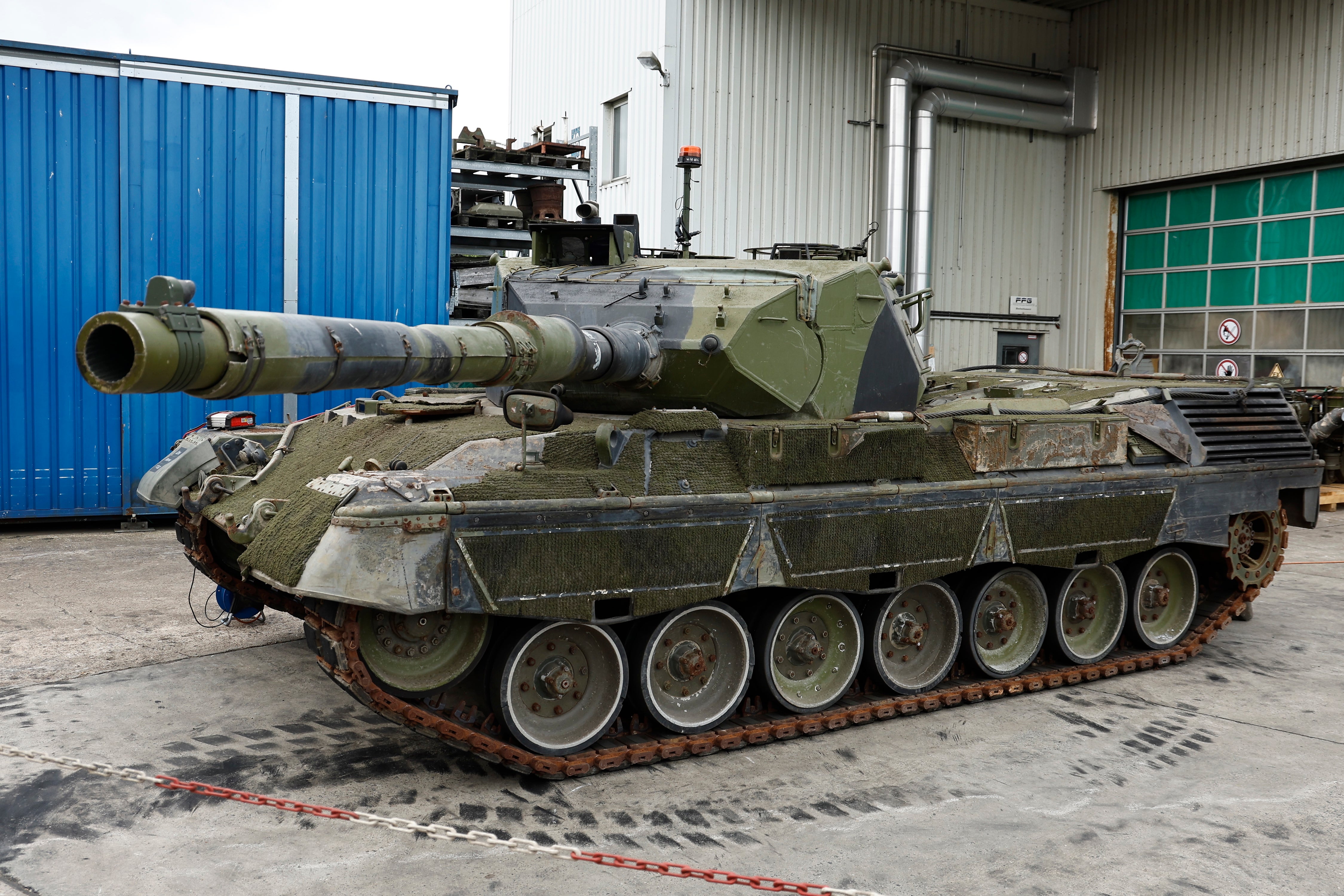Ukraine rejects defective Leopard 1 tanks from Germany after finding ‘serious faults’
Several Leopard 1 tanks returned after Ukrainian army finds ‘serious technical issues’
Your support helps us to tell the story
From reproductive rights to climate change to Big Tech, The Independent is on the ground when the story is developing. Whether it's investigating the financials of Elon Musk's pro-Trump PAC or producing our latest documentary, 'The A Word', which shines a light on the American women fighting for reproductive rights, we know how important it is to parse out the facts from the messaging.
At such a critical moment in US history, we need reporters on the ground. Your donation allows us to keep sending journalists to speak to both sides of the story.
The Independent is trusted by Americans across the entire political spectrum. And unlike many other quality news outlets, we choose not to lock Americans out of our reporting and analysis with paywalls. We believe quality journalism should be available to everyone, paid for by those who can afford it.
Your support makes all the difference.Ukraine has rejected a number of defective German tanks after discovering they were not working properly.
Ten Leopard 1 tanks, the predecessor to the superior Leopard 2, were returned after the Ukrainian army noticed they had “serious technical issues” on delivery to Rzeszów, Poland, in July.
Germany admitted the vehicles were not working properly and would need further repairs before being used in Kyiv’s counteroffensive, after sending engineers to inspect them, according to German newspaper Der Spiegel.
It is not clear if the fault is a result of wear and tear or their manufacture.
First developed in the 1960s, the Leopard 1 received its last update in the 1990s and was decommissioned by the German army a decade ago.
Military experts warned earlier this year that establishing effective logistics lines and technical training would be paramount for keeping Kyiv’s offensive going.

This week, experts warned Ukraine has just four weeks to hold a “knife at Crimea‘s throat” and force Vladimir Putin into peace talks before Russia’s army recoups over winter.
Professor Mark Galeotti, academic and author of more than 20 books on Russia, said Volodymyr Zelensky’s troops need to move another 10 miles southwards to be in range of striking key Russian supply routes in Crimea.
“They’ve got about another month of campaign season. But if things slow down, the Russians will use the winter to regroup themselves and the whole thing will start up again in spring,” the professor, who teaches Slavonic and East European Studies at University College London, told The Independent.
Dr Marina Miron, a postdoctoral researcher at King’s College London war studies department, explained Ukraine had a “heavy logistical” footprint with German Leopard and British Challenger 2 tanks, but they would be harder to use in wetter, muddier conditions, to assist a full breakthrough.
“They’re just not designed for those types of terrains,” she said. “They would risk losing more equipment, getting bogged down in winter conditions than waiting it out until getting F-16 fighter jets.”



Join our commenting forum
Join thought-provoking conversations, follow other Independent readers and see their replies
Comments